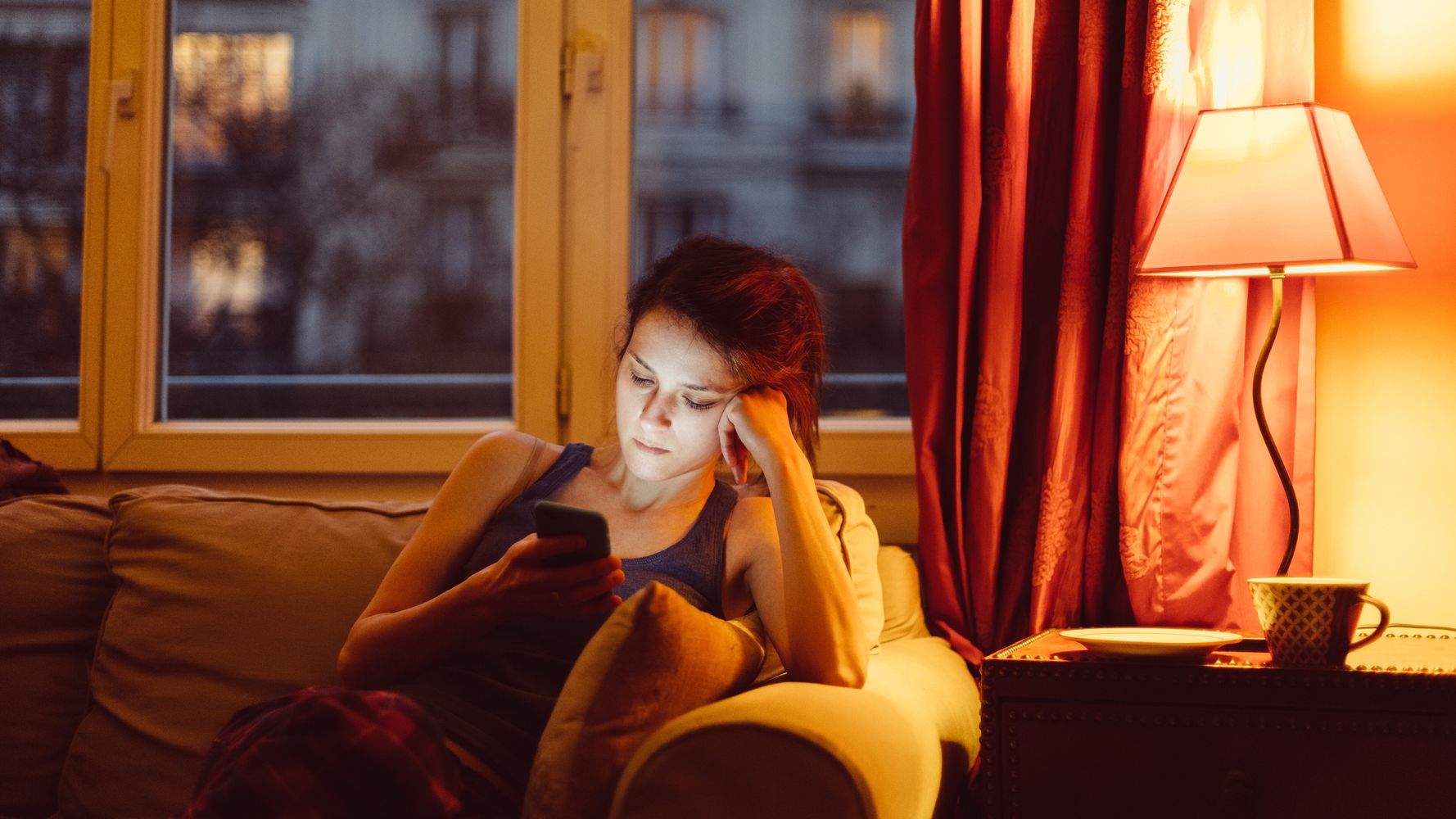When daylight saving time ends on the first Sunday in November, we let out a collective groan. But for people who struggle with seasonal depression, the shorter days aren’t just a bummer. This time of year typically marks the onset of their symptoms, which can be debilitating at times.
Also known as seasonal affective disorder (SAD), this mental health condition is a subtype of clinical depression that starts and ends around the same time every year — usually beginning in fall, lasting through winter and subsiding in spring. The decreased daylight in the fall and winter months is thought to trigger most cases of SAD.
“Sunlight helps moderate well-being, so when less of it is available, it derails our biological clock — also known as our circadian rhythm — resulting in a mood disorder with a seasonal onset,” said psychologist Deborah Serani, a professor at Adelphi University and author of “Living With Depression.” Changes in serotonin and melatonin levels during this time of year may also play a role in the disorder.
It’s not uncommon to experience the “winter blues,” a slight mood shift or sluggishness due to colder weather and less sunshine. But seasonal depression has a more significant impact on your daily functioning.
“Winter blues don’t interfere with your ability to enjoy life or accomplish day-to-day activities,” Serani said. “But if your winter blues become more pronounced, negatively impacting school, work, home and personal life, a more involved disorder may be operating.”
Some experts worry that the ongoing stress brought on by the COVID-19 pandemic will make this an especially difficult few months for those with SAD — and the reprieve they’ve come to expect in the spring may be less apparent.
“On one hand, people with SAD are used to isolating in the winter because they tend to withdraw and go into ‘hibernation mode’ as part of their symptoms,” University of Vermont psychologist Kelly Rohan, who studies seasonal depression, told Vogue.com. “However, I believe that the stress associated with the COVID-19 pandemic is contributing to both more severe depression symptoms than is typical in people with SAD this fall [and] winter and the persistence of some depressive symptoms in the spring [and] summer when people with SAD typically feel their best.”
Wondering if you’re dealing with a minor case of the winter blues or seasonal depression? Read on to find out.
What To Look For
The signs of seasonal depression are generally the same as those associated with non-seasonal depression. For those living with SAD, symptoms tend to be most severe in January and February and then taper off in the springtime. Experts reveal some of the subtle signs to look out for below:
1. You feel persistent sadness through the winter months.
You may also experience feelings of hopelessness or helplessness during this time, Serani said.
While rare, some people experience “reverse seasonal affective disorder” and feel their worst in the spring and summer months.
2. Your appetite has changed.
Changes in your eating patterns, like more cravings for comfort foods or eating more than usual, can indicate a bigger problem as well.
“SAD includes symptoms of increased appetite with carbohydrate craving, increased eating and weight gain,” said Raymond Lam, professor and leadership chair in depression research at the University of British Columbia.
3. You’re not excited by activities that you used to enjoy.
Your favorite hobbies used to fill you with excitement, but during this time of year you couldn’t care less about them.
“Diminishing of pleasure, flat affect and apathy can be hallmark symptoms,” Serani said.
You may also observe a decrease in your desire for sex, Lam added.
“Winter blues don’t interfere with your ability to enjoy life or accomplish day-to-day activities.”
– Deborah Serani, psychologist and author of ″Living With Depression”
4. You feel exhausted, no matter how much you sleep you get.
You might be sleeping more — but still have trouble getting out of bed in the morning or just feeling lethargic overall.
“Sleeping a lot during the day, taking excessive naps or sleeping long the night before into the next day are symptoms to check out,” Serani added.
5. You’re more irritable than usual.
Have you noticed a shorter fuse? Maybe you’re quick to go off about something at work or more annoyed when your partner forgets to put household items away.
“Feeling chronically cranky, grumbly, argumentative, short-tempered and angry are signs of SAD,” Serani said.
6. You have trouble concentrating on a task.
Some people living with seasonal depression report feeling “out of it.” In addition to physical exhaustion, you may also be mentally spent, deal with brain fog or have slower reaction times, Serani said.

How To Manage SAD
If the symptoms above are interfering with your daily life, make an appointment with your health care provider. Some medical conditions — like thyroid issues and anemia — have symptoms similar to seasonal depression. Your doctor can rule out other potential causes before you begin treatment for SAD.
If you are dealing with seasonal depression, here are some ways to manage the disorder:
“Individuals with SAD have an ultra-sensitive body clock that gets thrown off when exposed to less sunlight,” Serani said.
Spend some time outside — ideally in the morning, if you can.
“Even a dull gray winter day has five to 10 times as much light as even bright office lighting,” Lam said.
If you can’t get natural sunshine, try using a light therapy box (aka a SAD lamp) — which gives off an intense artificial light that mimics outdoor light — for 30 or so minutes in the morning to ease symptoms.
Maintaining a healthy, consistent sleep routine can help you manage SAD. That means not sleeping in too late, not going to bed too early and minimizing naps.
This is easier said than done when you’re feeling relentlessly sluggish. But even light exercise — like walking or gentle yoga — can make a difference.
If you take your walk outside, you’ll get the benefit of moving your body and some sunshine.
Introduce more variety to your diet when you can.
This isn’t to demonize any certain foods, but to balance out how you feel overall.
“SAD sufferers tend to crave sweets and simple starches, so be mindful to eat lean proteins and complex carbs to manage your nutrition in the winter months,” Serani said.
Stay connected to loved ones.
The pandemic has made socializing safely a challenge, especially as temperatures drop. But even staying in touch with friends and family via text, phone calls or the occasional Zoom can reduce feelings of isolation.
If you’re struggling, consider making an appointment with a mental health professional who can provide psychotherapy and discuss potential medication options, if needed. (Here are some affordable options you can start out with if therapy isn’t financially possible right now.)


